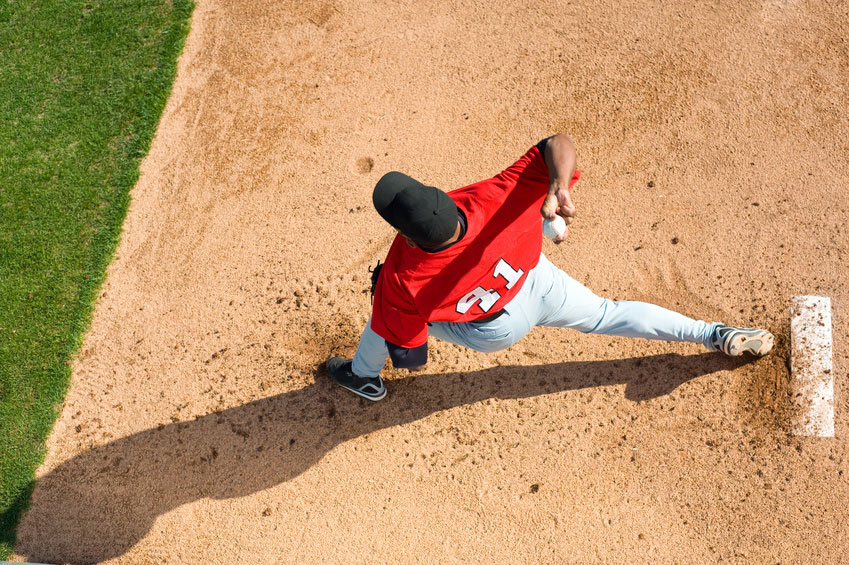We have all heard that in order to be a good high school athlete you shouldn’t limit yourself to one sport all year round. If your love is football, you should run track in the spring. Or if volleyball is your sport, you should consider basketball or soccer during the off season. As a Physical Therapist, I know diversification improves performance, however I frequently encounter individuals who are immersed in only one sport or activity. How do you go about taking your game to another level if you don’t play another sport?
Three dimensional exercise
In order to understand the concept of three dimensional exercise we need to take a look at the human body. We are designed to move in 3 planes of motion: forward and backward, side to side, and twisting or rotating. Using throwing a baseball as an example, we can imagine how this action involves motion in all three planes. The arm moves forward as we throw, but we also shift weight from side to side and twist during wind up and release. If all the joints and muscles involved in that activity are functioning properly and firing in the right pattern, the ball goes where it should and the athlete stays healthy. If motion or strength are lacking in one or more areas, they will need to compensate, and may throw poorly or get hurt. For example, if they can’t bend their ankle fully due to an old sprain they didn’t completely rehab, they might not fully accept weight on that foot and strain their rotator cuff.
Athletes who play the same sport all year round who move their bodies the same way, repetition after repetition, are at risk for developing a weak link that leads to injury. Baseball players may develop a torn ulnar collateral ligament, requiring Tom John surgery. Tennis players may develop a strained rotator cuff, and swimmers may struggle with knee pain from a sprained ligament on the inside of their knees. Athletes that change the demands they place on their bodies while playing another sport usually minimize strain to these tissues. Those who stick to the same sport need to look for alternative means of protection.
Back to the concept of three dimensional exercise. Most of us understand how to do a squat, a curl or bench press. But are we really engaging the muscles we need to train in a healthy, functional pattern for the sport or task that we want to enjoy? Maybe we aren’t. If we can incorporate movement in all three planes of motion we should be able to develop not only greater strength but also protection against injury. I like to see my patients and athletes using at least two planes of motion when they stretch or lift weights.
The plane most of us underutilize is the rotational plane
To better understand how we can use the rotational plane during our workouts, let’s take the squat as an example. Most of us can visualize placing a bar across the back of our neck and shoulders, squatting down, and coming straight up. As a strengthening exercise the squat is great. But as a training tool for a sport it may not be ideal. How often do we move perfectly when we are lifting or moving something? And how often do we face our opponent perfectly straight up and only push them straight back? Probably not that often! What if we use a little less weight and engage our legs with a lunge instead? With our feet offset we are now challenging our muscles in more than one plane. If we add a little hip/trunk turn we can engage another plane. Now we are working in three planes! By doing this we are less likely to overload certain areas, and decreasing the stress on our tissues reducing the likelihood of injury. We are also more functional.
If we take a look at a standing calf (runner’s) stretch we can see how using a second dimension of motion will improve our flexibility as well. While leaning against the wall slowly shifting your weight from side to side during the stretch will lengthen more fibers than staying put. And moving in this way mimics our movement pattern during our daily activities. Try it sometime!
If you have questions about how you might be able to introduce three dimensional exercises into your workouts please give one of our therapists a call!

